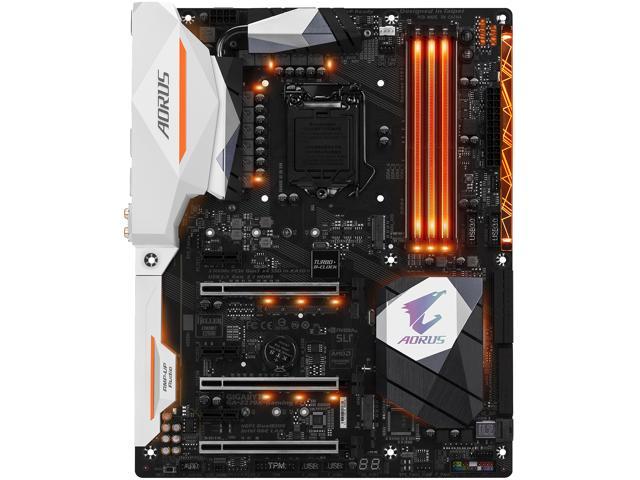kinggremlin :
ttt_2017 :
sorry , you missed the GTX 680 for $499 in between ..
you are missing the whole point .. I am tired of repeating it. so lets each has his own opinion on the matter.
There were numerous generations of GPU's between the 8800 Ultra and the 1080Ti.
What's so special about the 680?
Well except for the fact that the GTX 680 was the first midrange GPU that Nvidia charged a flagship level price for. Nvidia produces 2 dies every architecture, a small die typically around 300mm for low and midrange cards, and a big die typically around 500mm or larger for their highend cards. For Kepler Nvidia sold the 294mm 680 as a flagship despite it using the smaller die. Then later, Nvidia released the still Kepler based 780Ti and Titan, 561mm die, as the flagship of the 700 series, when they really should have been the flagship of the 600 series.
So again, what's your point singling out the GTX 680's $500 price?
The sad thing here that you guys are not getting the point and I have t repeat it again ...
in the PC components , each part with time has a curve of its price , with time it goes down , for technology allows you to mass produce it at larger quantity and cheaper cost with time ...
this curve should never go up again ...
as I said , a flagship Harddisk started with 20,000 some 40 years ago , and the curve down made it reach 100$ today and 1000 times faster and better and larger ... and so on.
People in the industry know this , and as I said earlier , 20-25 years ago no one could dream of a full pc for $500 was a dream , yet PC Magazine wrote an article that things will go cheaper and better to the point that a PC will be 100 times faster and cost only $500 ONLY all the components regardless of inflation or anything else .. 25 years ago you could never get a PC lower than $2000 (good enough PC)
Nvidia reached $500 for their flag chip and they decided for the lack of competition to rise their flagship after GTX 680 .. they went agains the industry route in pricing ... and the fact that they today are selling their GTX 1080 for $500 proves my point 100% , and yes they could release it for even lower than $500 and still profit .
Actually people should expect the curve down for the flaghip GPU to reach $250 already and not going higher.
its is not about the GTX 680 it is about the point they curve changed direction , and focus here (WHILE OTHER ELECTRONICS IN THE PC PARTS NOT CHANGING DIRECTION USING THE SAME MANUFACTURING METHODS BUT FOR OTHER CHIPS INSTEAD OF GPU CHIPS)
This is the point ...
look at SSD Prices are they going up or down ? what Manufacturing process are they using ? and why they never go up in prices ? and their curve down with time is still curve down ? because they are pricing it right and not OverPricing like Nvidia did.
This has nothing to do with RD as well , becuase the GTX 680 had its RD as well and was Priced right..
the GTX 1080 release price should be $499 and the GTX 1080 Ti should be ALSO $499 taking GTX 1080 place and lowering the GTX 1080 to $400
Actually Gaming Flag ships should reach $250 after 10+ years ...but we need competition ... and we need a third and fourth player , hopefully some one will step in from the ARM CPU maker .. they already have experience in making 3D APU in their chips ... Like Apple or Samsung or Qualcomm .. they can make GPU for desktop I think ...



